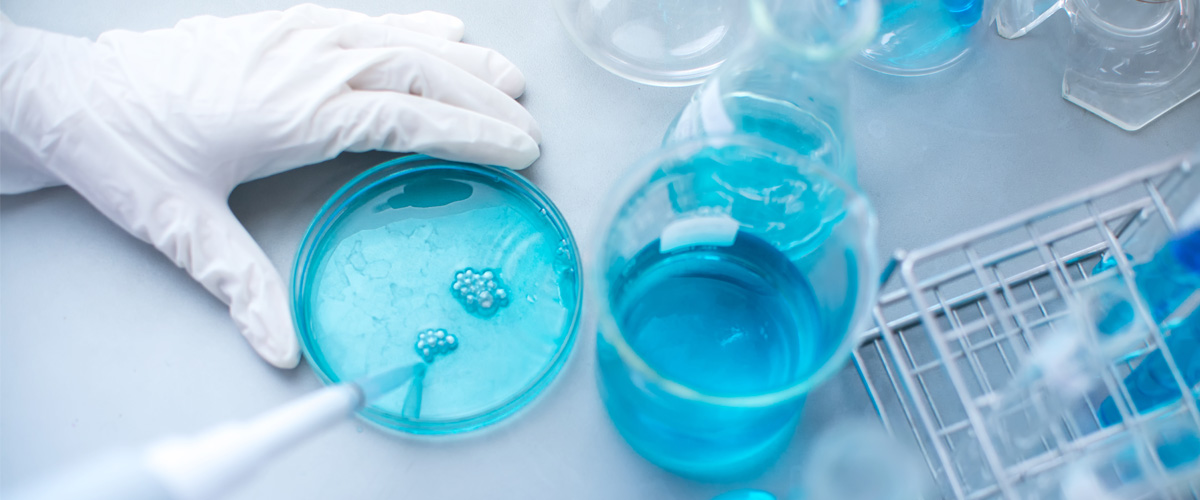Forensic toxicology

Analysis of biological samples
Samples taken from living and non-living
Quali-quantitative screening and testing to determine levels of alcohol, drugs, psychoactive substances in biological samples (urine, plasma, serum, whole blood, hair formations, organs and tissues, etc.), at the request of healthcare companies, judicial police forces, district authorities, judicial authorities, companies, local medical commissions, private users for:
- Driving bans (vehicle drivers in a state of intoxication from alcohol, drugs and psychoactive substances; Articles 186-187 of the Highway Code; Law No. 41 of 23 March 2016 – Vehicular manslaughter and grievous bodily injury by driving);
- Fitness to drive (toxicological screening to meet the psycho-physical requirements in candidates or holders of driving licenses upon request of the Local Medical Commissions; Articles 119 and 128 of the Highway Code);
- Workplace screening and testing for drugs and alcohol, at the request of Physicians or Drug Addiction Services; (Prov. 18/09/08 – Official Gazette 08/10/ 08 no. 236);
- Sexual offences with involvement of psychoactive substances at the request of health facilities or private individuals, testing for CNS incapacitating, depressant xenobiotics in blood, urine, hair growth samples, in cases of sexual violence or other crimes committed with the involvement of psychoactive substances;
- Toxicological-forensic testing and screening for private individuals (screening and testing for drugs and alcohol in blood, urine and hair samples taken from private individuals for personal and family investigation purposes and in relation to civil or criminal proceedings
- Post-mortem toxicology (testing for alcohol, drugs, medications, other xenobiotics of toxicological interest and related metabolites in post-mortem samples such as blood, urine, hair, vitreous humor, heart, liver, lung, kidney, brain, bile, etc., taken during autopsy at the request of the Judicial Authorities in cases of death caused by xenobiotics or where xenobiotics are involved).
Testing of non-organic samples
Quali-quantitative testing for narcotics, adulterants, and diluents on samples (powders, liquids, pharmaceutical preparations, plant matter, etc.)
- Morphological and comparative analyses (active ingredients, adulterants, diluents) and compositional mapping of samples.
